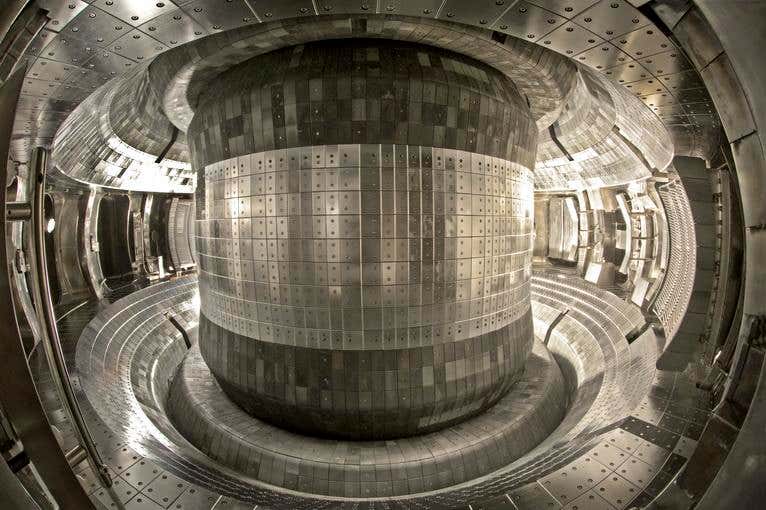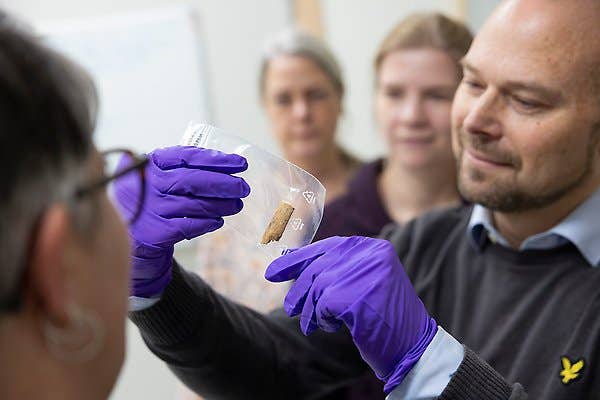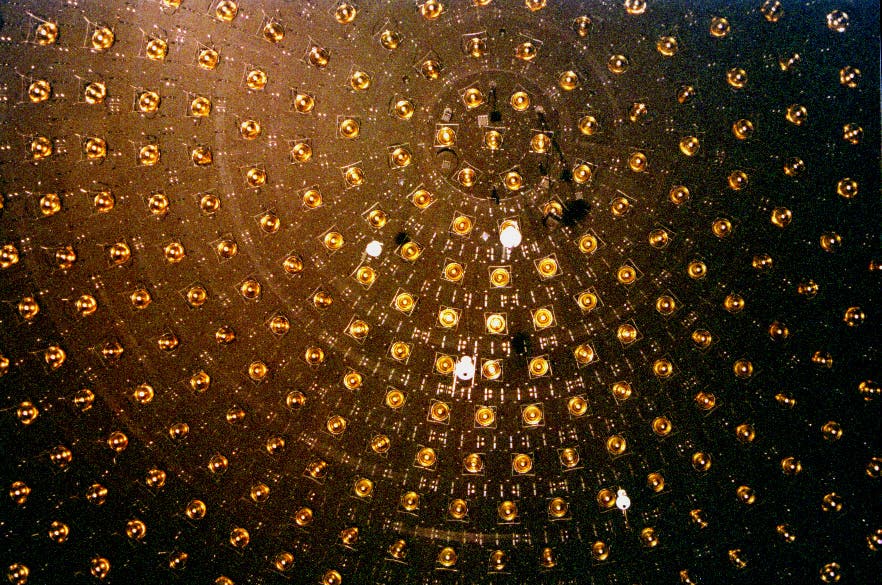China’s tokamak nuclear reactor smashes global fusion record
Scientists operating a powerful fusion reactor, set a world record that’s turning heads in the energy world.

Researchers maintained a steady-state high-confinement plasma for an astonishing 1,066 seconds. (CREDIT: CC BY-SA 4.0)
The race to recreate the sun’s power on Earth just hit a major milestone. Scientists operating a powerful fusion reactor, often nicknamed China’s “artificial sun,” set a world record that’s turning heads in the energy world.
This achievement comes from the Experimental Advanced Superconducting Tokamak, or EAST. Researchers held a superheated, high-confinement plasma steady for 1,066 seconds, smashing the previous record of 403 seconds set just last year. The feat was led by the Institute of Plasma Physics, part of the Hefei Institutes of Physical Science.
Advancing the Frontier of Fusion Power
For decades, fusion energy has been hailed as the holy grail of clean power. Unlike fossil fuels or even current nuclear plants, fusion produces no carbon emissions or long-lived radioactive waste. By mimicking the reactions that light up the sun, it could deliver nearly endless energy.
But making fusion work on Earth isn’t simple. The plasma, a charged gas where fusion happens, needs to be hotter than the sun’s core—over 100 million degrees Celsius. That’s only part of the challenge. Keeping that plasma stable for long stretches is even tougher.
“A fusion device must achieve stable operation at high efficiency for thousands of seconds to enable the self-sustaining circulation of plasma, which is essential for the continuous power generation of future fusion plants,” said Song Yuntao, director of the Institute of Plasma Physics. He also serves as vice president at the Hefei Institutes of Physical Science. EAST’s record-setting performance shows real progress toward this demanding goal.
EAST has been pushing boundaries since 2006, serving as a testbed for fusion research around the world. Continuous upgrades have been key to its recent success. Its ability to sustain longer plasma operations is the result of deliberate, steady engineering improvements.
According to Gong Xianzu, who heads EAST’s Physics and Experimental Operations, the device’s heating system now packs even more punch. Already strong enough to match the power of nearly 70,000 household microwave ovens, it recently doubled its output. That boost, combined with better control systems, has helped scientists hold the plasma longer than ever before—and brought them one step closer to making fusion power a working reality.
Related Stories
A Global Collaborative Effort
The success of EAST is not just a win for China but a significant contribution to global fusion research. As a member of the International Thermonuclear Experimental Reactor (ITER) project since 2006, China has played a crucial role in advancing fusion technology. ITER, under construction in southern France, aims to become the world’s largest experimental nuclear fusion reactor.
China’s involvement in ITER includes contributing approximately 9 percent of the project’s construction and operation. The insights gained from EAST provide valuable data for ITER and other experimental reactors like the planned China Fusion Engineering Test Reactor (CFETR).
The CFETR utilizes and intends to build upon pre-existing nuclear fusion research from the International Thermonuclear Experimental Reactor (ITER) program in order to address the gaps between ITER and the next generation thermonuclear plant and successor reactor class to ITER, the Demonstration Power Plant (DEMO).
The China Fusion Engineering Test Reactor (CFETR) will operate in two phases. In the first phase, the CFETR will be required to demonstrate steady state operation and tritium self-sufficiency with a tritium breeding ratio > 1. Moreover, in Phase 1, the CFETR should demonstrate generation of fusion power up to 200MW.
The second phase, the DEMO validation phase, requires the CFETR to generate power over 1 GW. More generally, the CFETR will also serve as a research and development tool for the testing of various structural and functional materials to identify or develop a material with a high neutron flux resistance.
Song emphasized the importance of international collaboration in advancing fusion research, saying, “We hope to expand international collaboration via EAST and bring fusion energy into practical use for humanity.”
EAST’s success paves the way for further advancements in fusion technology. New experimental facilities are under construction in Hefei, aiming to accelerate the application of fusion energy. These facilities will build on the knowledge gained from EAST, providing a testing ground for technologies critical to future fusion power plants.
The implications of these developments extend far beyond the scientific community. Fusion energy has the potential to address many of the world’s energy challenges. By offering a virtually inexhaustible power source without the greenhouse gas emissions associated with fossil fuels, fusion could play a pivotal role in combating climate change.
As EAST continues to set records and refine its technology, the dream of a fusion-powered future feels increasingly within reach.
These achievements bring humanity closer to harnessing the same energy that powers the stars, promising a cleaner and more sustainable energy future.
Note: Materials provided above by The Brighter Side of News. Content may be edited for style and length.
Like these kind of feel good stories? Get The Brighter Side of News' newsletter.



